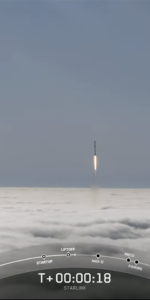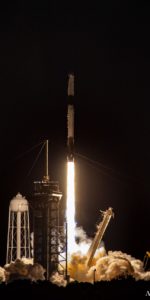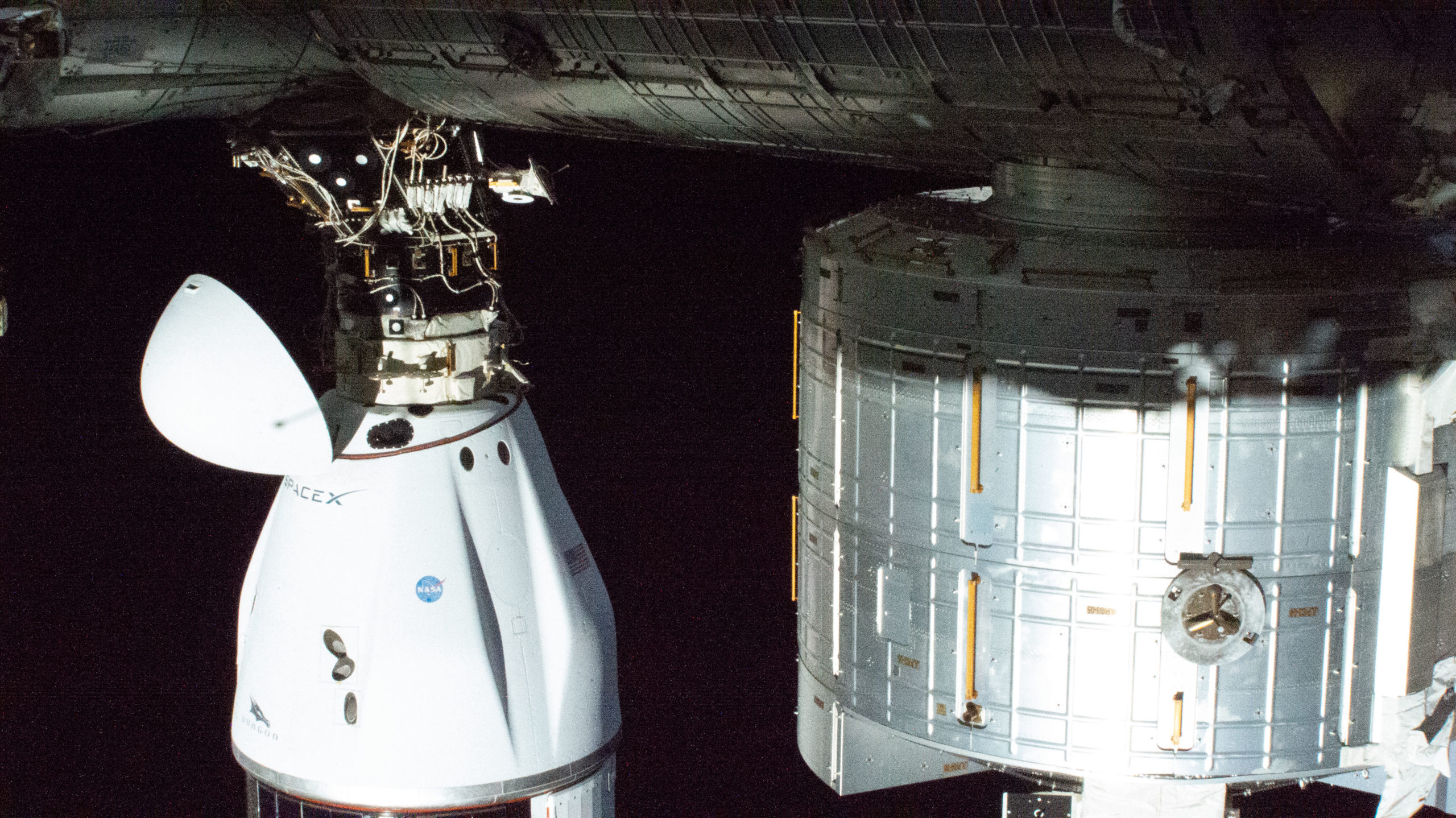
A four-times-used Falcon 9 booster stands ready on historic Pad 39A at the Kennedy Space Center (KSC) in Florida, undergoing final checkout for Thursday night’s liftoff of the CRS-25 Cargo Dragon mission to the International Space Station (ISS). Delayed more than a month due to elevated monomethyl hydrazine vapor readings in the cargo ship’s Draco thruster system, the mission is set to begin at 8:44 p.m. EDT tonight.
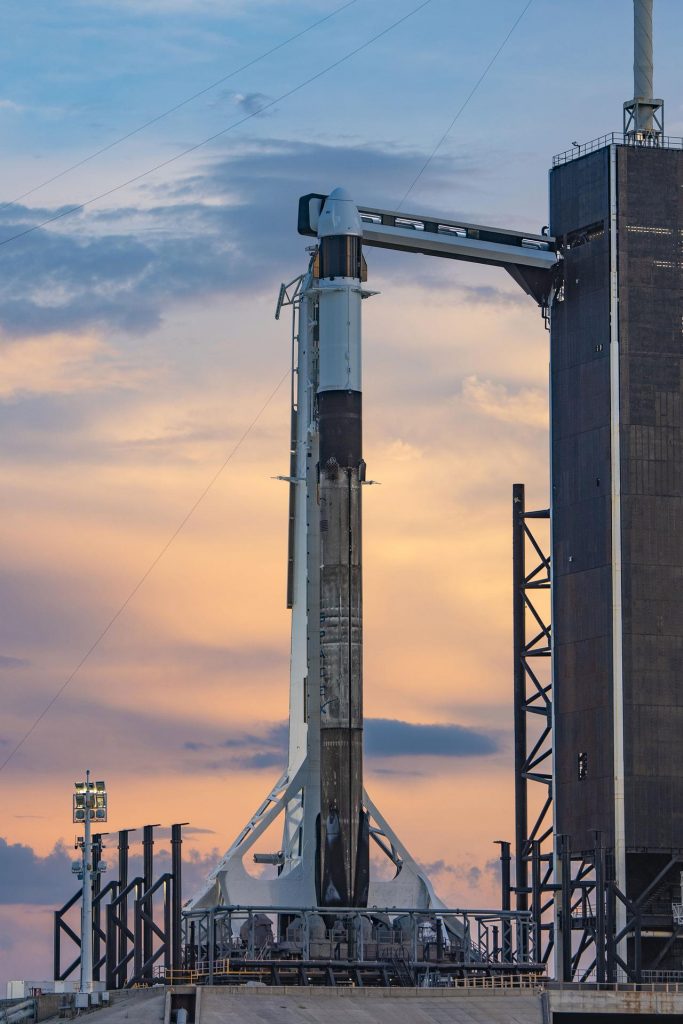
The cargo craft will follow a 39-hour rendezvous profile to reach the ISS, with an autonomous docking—closely monitored by Expedition 67 astronauts Jessica Watkins and Bob “Farmer” Hines—expected about 11:20 a.m. EDT Saturday. CRS-25 is laden with about 5,800 pounds (2,600 kilograms) of payloads, equipment and supplies for the station. It also carries fresh food in the form of apples, oranges, cherry tomatoes, onions, garlic, tahini, baby carrots, cheese and dried sausage.
Tonight’s weather appears generally favorable, with a 70-percent probability of being “Green” in time for the “instantaneous” launch window. But that is expected to drop to around 60 percent for both Friday and Saturday nights, should a scrub be declared. “The active pattern with afternoon storms and southwest flow will remain in place for the next few days, as the subtropical ridge axis remains to our south,” noted the 45th Weather Squadron at Patrick Space Force Base in a briefing earlier this week. “By Thursday, the ridge axis will migrate northward and shifting low-level winds south/southwesterly.”
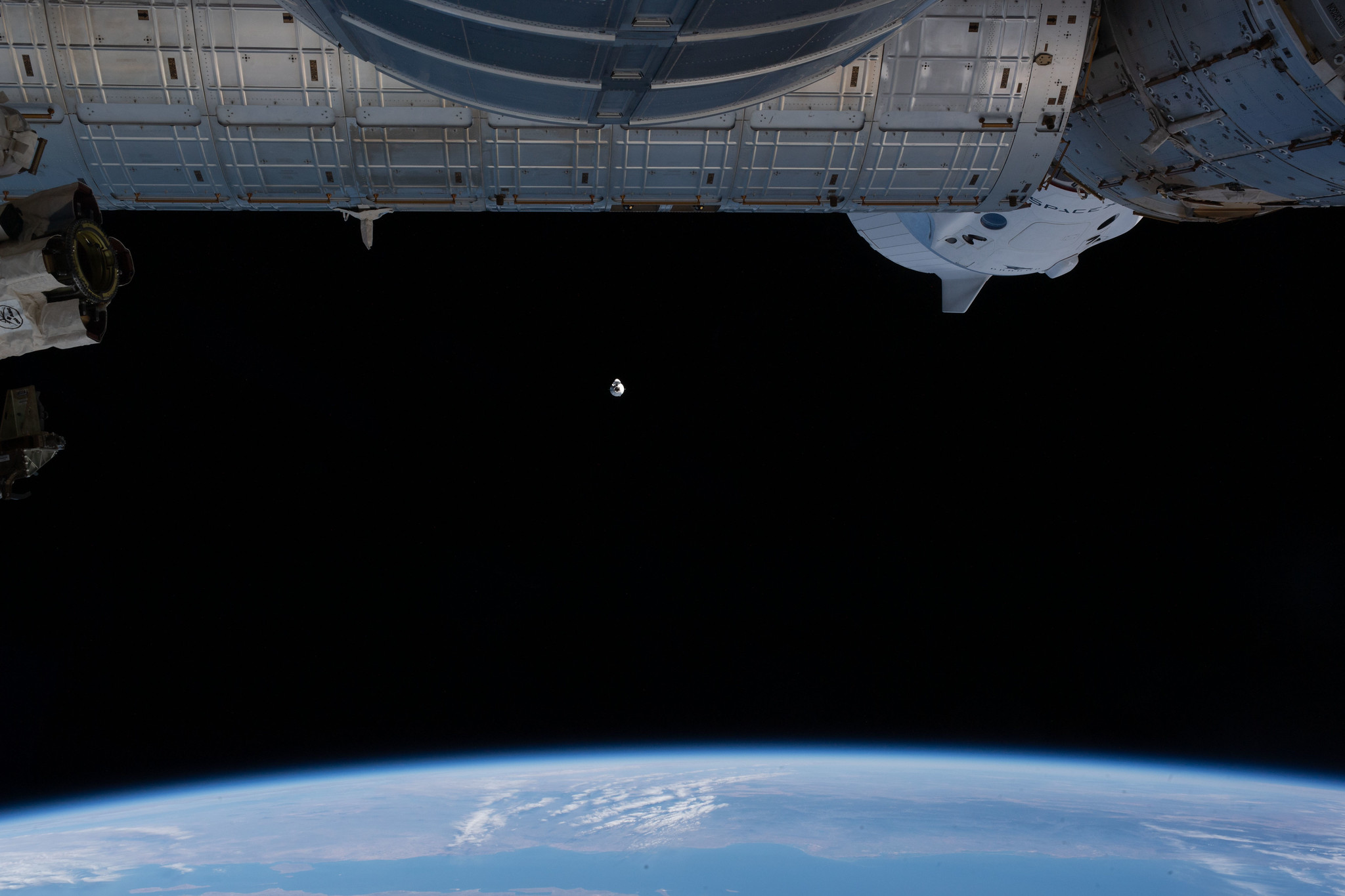
The consequence will allow the East Coast sea-breeze to migrate inland by the afternoon and early evening, triggering the bulk of diurnal thunderstorms further west. “While an isolated shower cannot be ruled out, most of the activity is expected to remain inland during the evening hours,” the 45th continued.
“With upper-level winds coming from the east/northeast, this will also help keep any anvil clouds associated with the storms to the west.” The result is a 30-percent chance that a violation of the Cumulus Cloud Rule and Flight Through Precipitation Rule could scupper tonight’s launch, with increased moisture and stability increasing the Probability of Violation (POV) on Friday and Saturday.
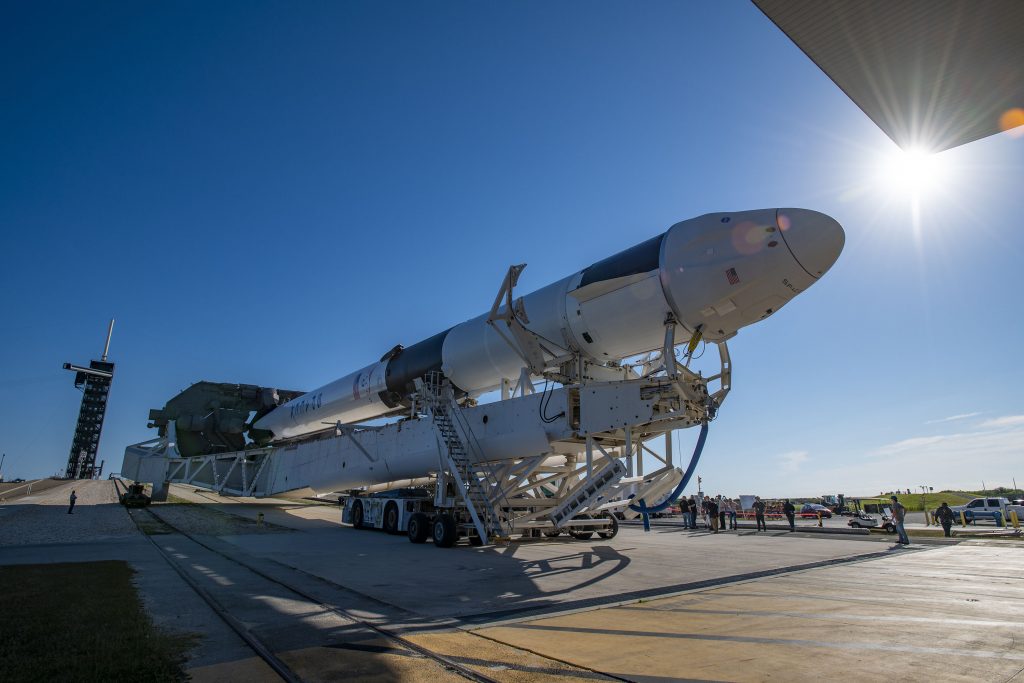
CRS-25 has been waiting in the wings for more than a month to fly. Originally slated to launch on 9 June, it was postponed until at least month’s end in response to elevated monomethyl hydrazine vapor readings in the cargo ship’s Draco thruster system. In response to this issue, propellant and oxidizer were promptly offloaded from that region of the spacecraft to permit deeper investigation and testing.
The source was ultimately narrowed to a Draco thruster valve inlet joint, which was removed and replaced and launch rescheduled for No Earlier Than (NET) 11 July. That NET date was later shifted a few additional days to the right, to Thursday, 14 July, to support continued inspections of the Cargo Dragon and the repair and replacement of components potentially degraded by the monomethyl hydrazine vapor. SpaceX teams also replaced the cargo ship’s main parachutes.
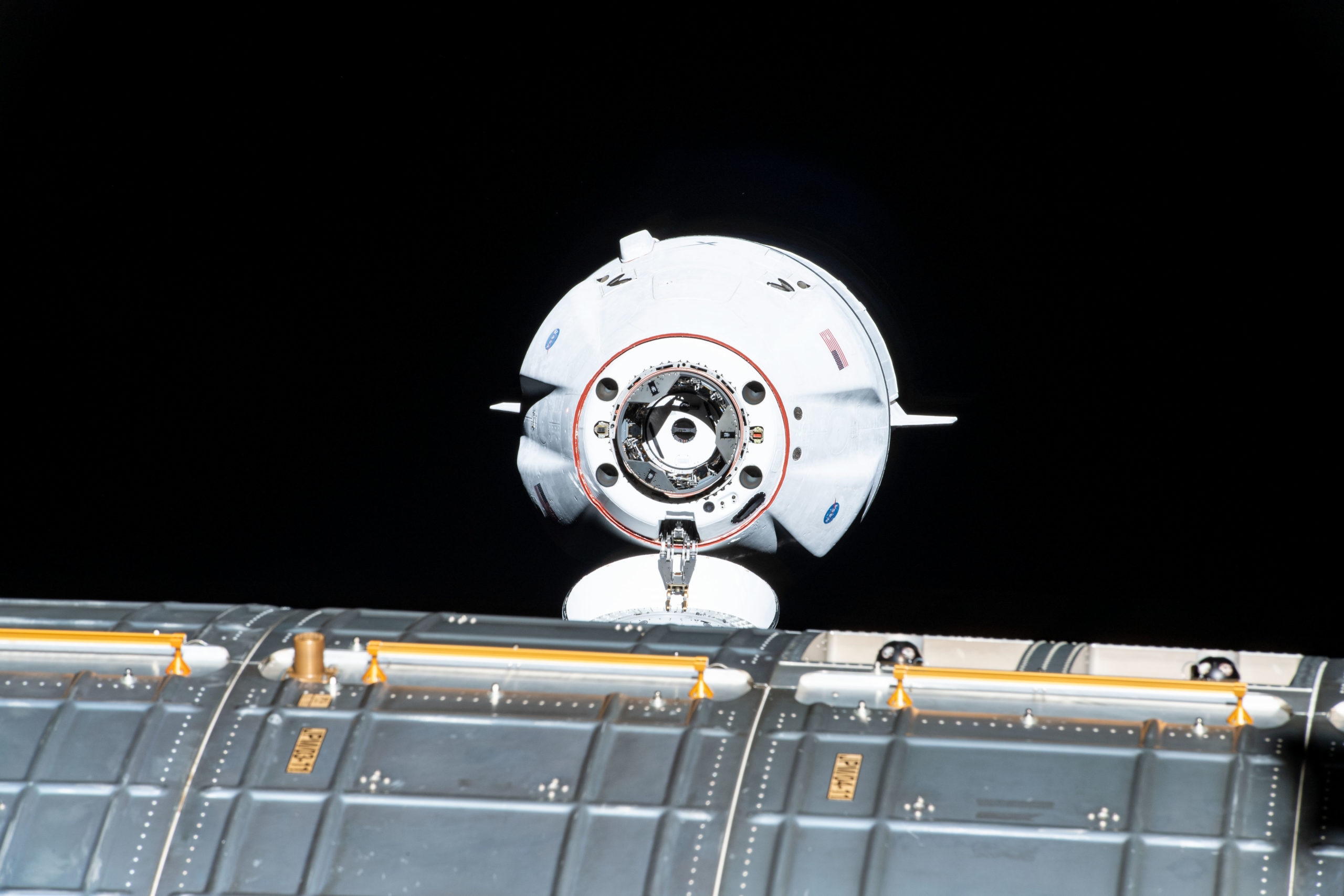
This particular Cargo Dragon—tailnumbered “C208”—is making its third foray into space. It entered service back in December 2020 for the CRS-21 mission, the first outing of SpaceX’s upgraded Dragon 2 cargo ship under the second-phase Commercial Resupply Services (CRS2) contract with NASA.
Following its return from the month-long CRS-21 mission, C208 was pressed directly back into service for last summer’s CRS-23, which reached the ISS in August and remained docked for a month. On those first two flights, C208 ferried a huge amount of experimental hardware uphill, including NanoRacks’ Bishop commercial airlock, presently located on the station’s Tranquility node.
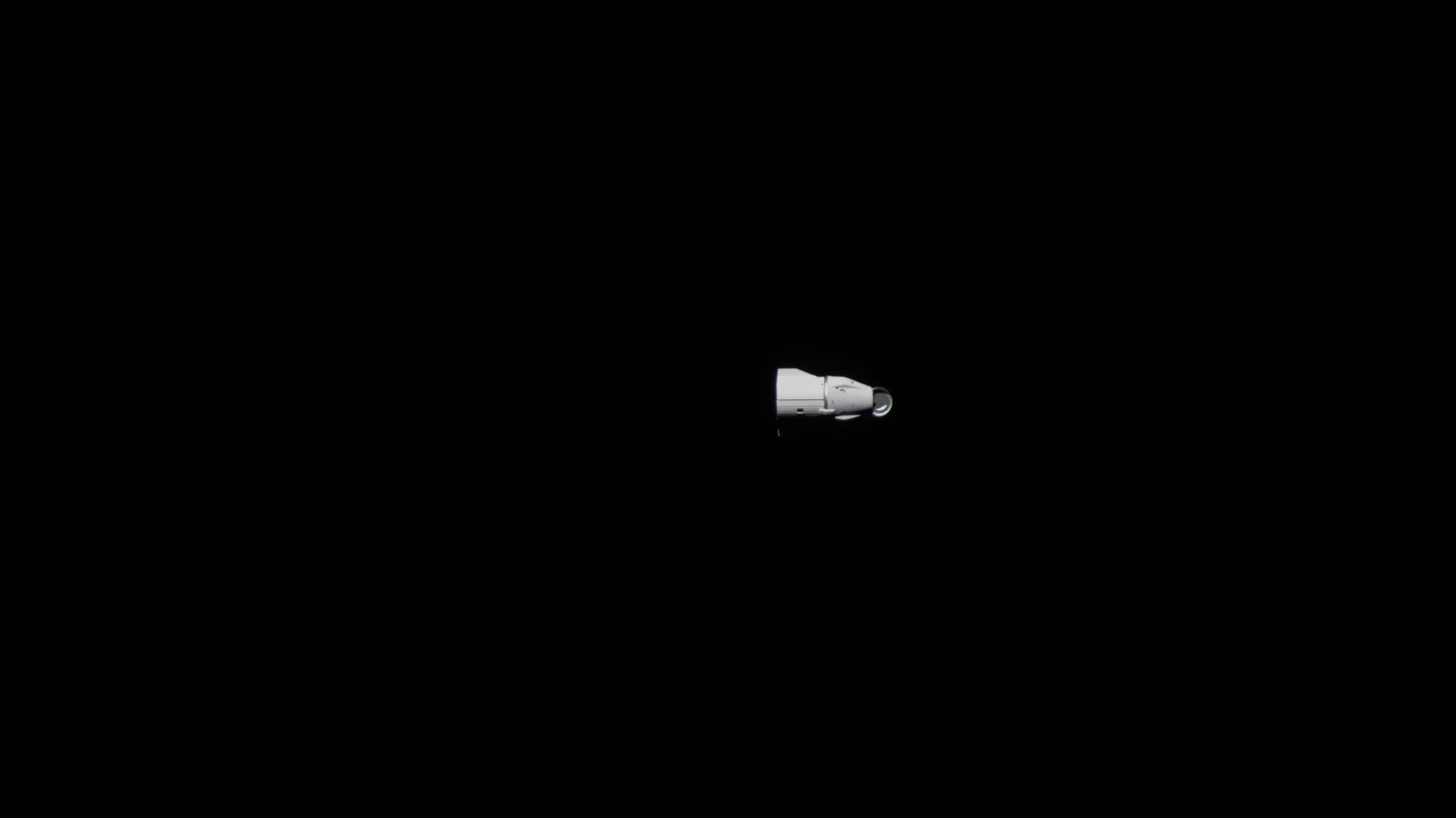
Payloads aboard CRS-25 run the gamut from studies of the human immune system to Earth’s oceans and from cell-free biomarkers to testing an alternative to concrete. Leading the haul is NASA’s Earth Surface Mineral Dust Source Investigation (EMIT), which will utilize imaging spectroscopy to measure the mineral composition of dust in Earth’s most arid regions to understand its impact on human populations.
Elsewhere, the Immunosenescence investigation employs tissue chips—human cells in a three-dimensional structure—to examine the effect of microgravity upon immune-system functionality during spaceflight and their capability to recover after returning home. Another experiment will examine metabolic interactions in soil microbe communities to understand the effects of radiation and microgravity in support of crop growth on future deep-space missions. Also aboard is an ongoing effort to investigate the creation of alternative concrete materials for potential lunar habitats and radiation shelters.
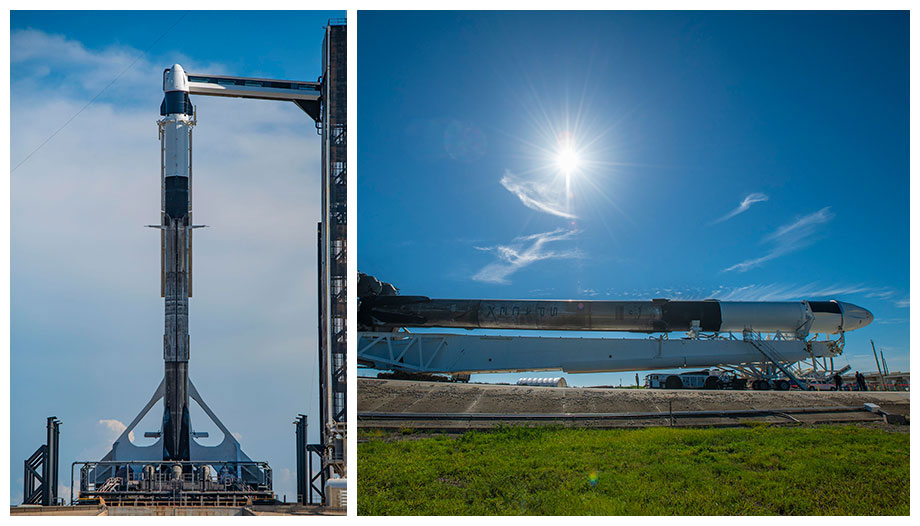
Five tiny CubeSats round out the CRS-25 payload. Developed by Massachusetts Institute of Technology (MIT) in Cambridge, Mass., the Weiss School in Palm Beach Gardens, Fla., NASA’s Ames Research Center (ARC) in Silicon Valley, Calif., Embry-Riddle Aeronautical University in Daytona Beach, Fla., and the University of South Alabama in Mobile, Ala., they will be ferried uphill aboard CRS-25 and deployed from the station.
In readiness for Thursday’s launch, the 230-foot-tall (70-meter) Falcon 9 was rolled out from the Horizontal Integration Facility (HIF) to Pad 39A earlier this week. The core—tailnumbered “B1067”—has already flown four times, most recently in April to deliver Kjell Lindgren, Bob “Farmer” Hines and Jessica Watkins of NASA, plus Italian astronaut Samantha Cristoforetti, to the ISS for their multi-month Crew-4 increment.
B1067 has been almost exclusively devoted to ISS operations since it entered service in June of last year. Its maiden outing saw it lift the CRS-22 Cargo Dragon to the station, after which it supported the launches of eight astronauts from three nations with last November’s Crew-3 and last April’s Crew-4.
And just before Christmas 2021, B1067 also delivered Turkey’s powerful Türksat 5B communications satellite on the first leg of its long trek to geostationary orbit. A successful fifth launch will see B1067 return to alight on the deck of the Autonomous Spaceport Drone Ship (ASDS), “A Shortfall of Gravitas”.
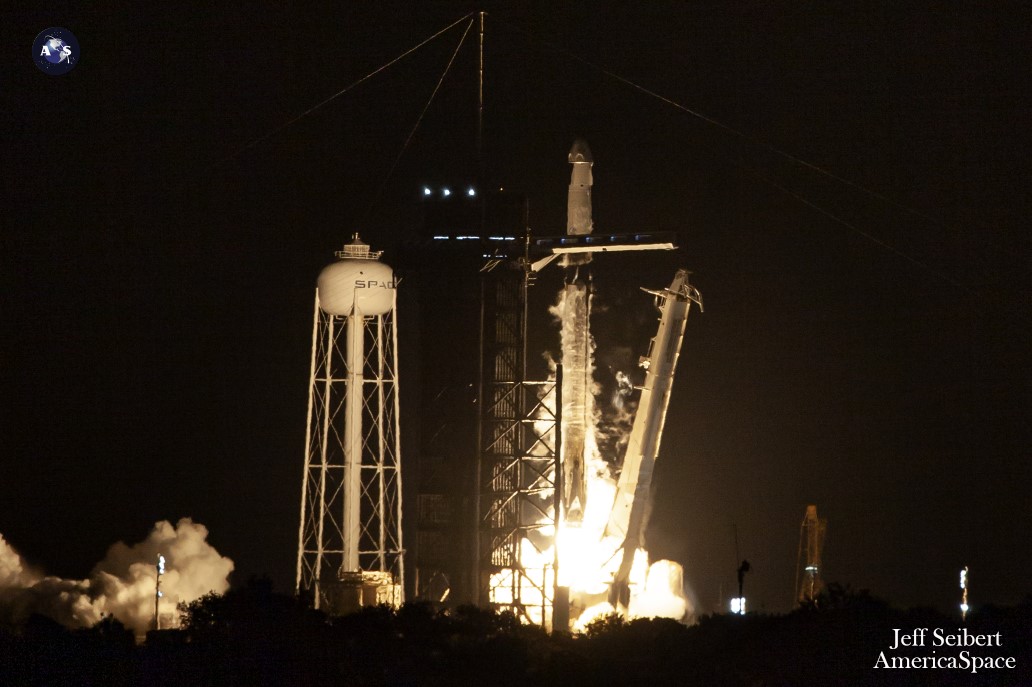
Following tonight’s launch, the Cargo Dragon will be deployed from the Falcon 9’s second stage a little under 12 minutes into flight to begin its 39-hour trek to the space station. It is slated to dock autonomously at the forward-facing port of the Harmony node at 11:20 a.m. EDT Saturday.
Monitoring the cargo ship’s approach and docking will be Jessica Watkins and Bob “Farmer” Hines. On Wednesday, the duo completed Computer-Based Training (CBT) for their respective roles and responsibilities. Crewmate Kjell Lindgren also joined them staging cargo which will be returned to Earth aboard CRS-25 after a 33-day mission on or around 16 August.




